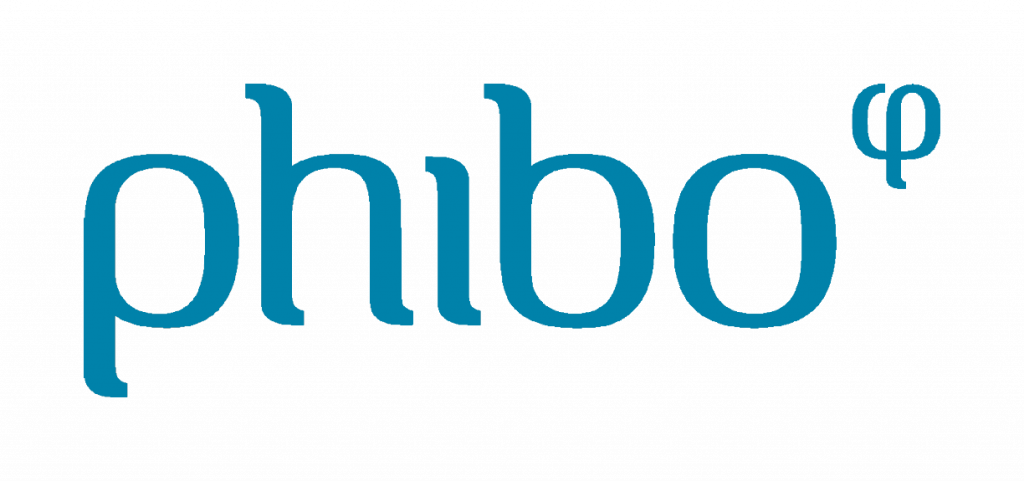This website uses cookies so that we can provide you with the best user experience possible. Cookie information is stored in your browser and performs functions such as recognising you when you return to our website and helping our team to understand which sections of the website you find most interesting and useful.
Bibliografia
Journal of Oral & Maxillofacial Implants; 24; 720-726; 2009. Peñarrocha M, Carrillo C, Boronat A, Peñarrocha M. Valencia University Medical and Dental School, Spain.
Using Phibo Implant Systems in the pterygomaxillary region in Type IV bone a 97.03 success rate was achieved.
PURPOSE:
The aim of this study was to evaluate the success rate of implants placed in the pterygomaxillary region using drills and osteotomes with a minimum of 12 months’ follow-up. Bone loss after 1 year of loading and patient satisfaction with the prosthesis were evaluated.
MATERIAL AND METHODS:
A retrospective case study was made. The sample was composed of patients rehabilitated with pterygoid implants between January 2000 and January 2006. The inclusion criteria were patients in good general health with severe atrophy of the posterior maxilla who had been rehabilitated with one or two pterygoid implants inserted using drills and osteotomes and had been followed for 12 months after implant loading. Implant success was defined according to the criteria of Albrektsson et al. Bone loss was measured on panoramic radiographs on the mesial and distal of each implant, and the largest value (whether mesial or distal) was selected as the bone loss for the implant in question. Subjects indicated satisfaction with the new prosthesis on a visual analogue scale.
RESULTS:
Forty-five patients were treated with 268 implants (200 anterior and 68 pterygoid). The success rate of pterygoid implants was 97.05%. The mean bone loss around implants in the pterygomaxillary region after 1 year of loading was 0.71 mm (range, 0 to 3.20). All prostheses were stable at the end of the observation period. Patients were satisfied with comfort and stability, ability to speak, ease of cleaning, and esthetics and functionality of the prosthesis.
CONCLUSION:
Placement of implants in the posterior pterygomaxillary region using drills and osteotomes is a viable alternative treatment modality for rehabilitation of atrophic posterior maxilla. Patients were satisfied with a prosthesis supported by pterygoid implants.

This website uses Google Analytics to collect anonymous information such as the number of visitors to the site, and the most popular pages.
Keeping this cookie enabled helps us to improve our website.
Attiva i cookie strettamente necessari così da poter salvare le tue preferenze!
More information about our Cookie Policy

